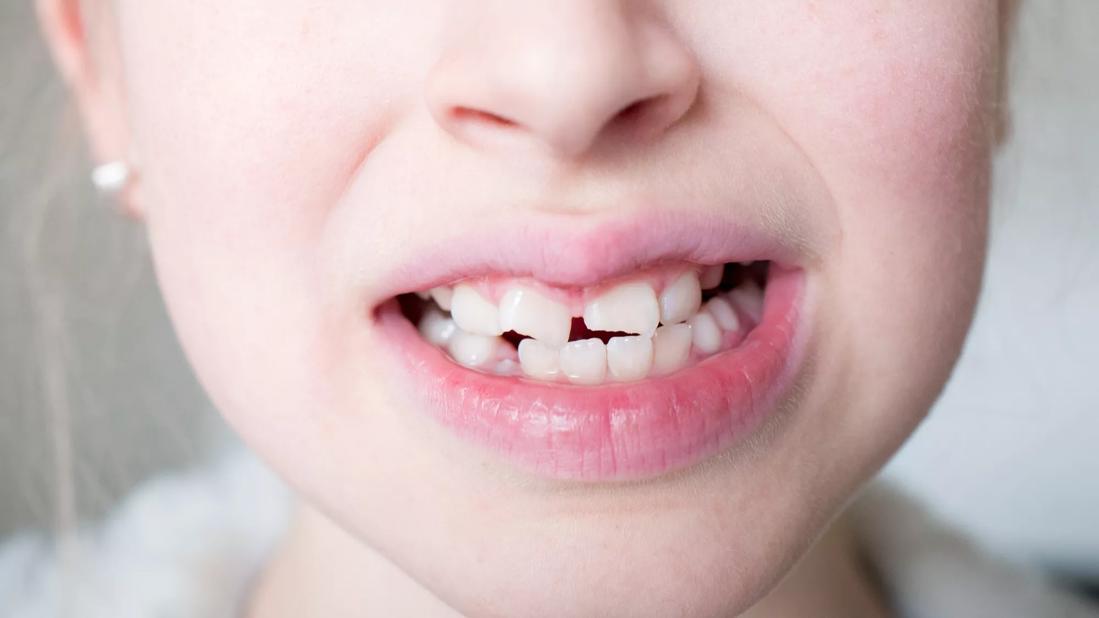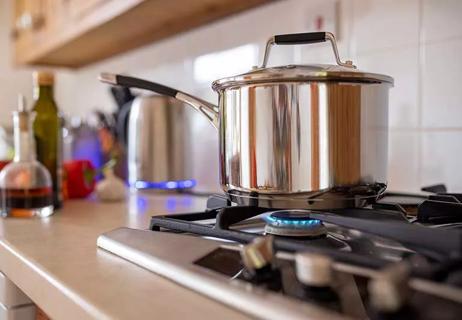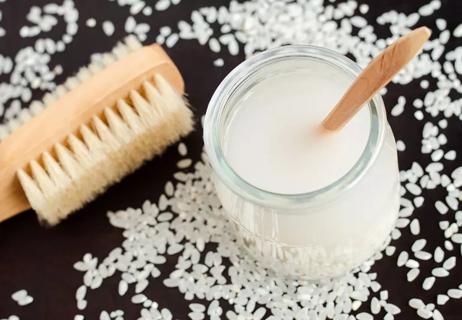Advertisement
A dental emergency, quick action is key to preventing long-term damage

A visit from the Tooth Fairy is one of those treasured rites of passage in a kid’s life. Nothing is more “big kid” than a gap in your smile and some new coin in the piggy bank.
Advertisement
Cleveland Clinic is a non-profit academic medical center. Advertising on our site helps support our mission. We do not endorse non-Cleveland Clinic products or services. Policy
But a chipped tooth — one that’s damaged or has a piece broken off — isn’t a job for the Tooth Fairy. Trauma to your kid’s teeth needs expert attention.
“A quick response can mean the difference between preserving and losing the tooth,” says dentist Anne Clemons, DMD. “And early tooth trauma can cause problems with adult teeth as your child grows.”
Acting fast is key to preventing damage. Dr. Clemons explains what to do (and why) for your kid’s chipped tooth.
Chipped teeth are, unfortunately, one of those things that can happen to kids. Maybe your child took a soccer ball to the face. Or your toddler faceplanted into the coffee table. Or someone had a run-in with their sibling’s elbow. (It was an accident! Promise!)
It happens.
But unlike the bumps and bruises that all kids get from time to time, a chipped tooth is an emergency. Because even if it’s a baby tooth, tooth trauma can have lasting effects.
So, take action. Quick. And follow these steps.
Chipped teeth (or any trauma to your teeth) should prompt a call to a dentist. Yes, a dentist. Not the emergency room.
“Hospitals seldom have dentists on staff. But most dentists have an emergency hotline you can call when an accident occurs outside of operating hours,” Dr. Clemons shares.
The severity and location of the chip will determine the dentist’s course of action. They may file down the tooth to smooth it out. Or some chipped teeth can be wired or glued back together using a special dental bonding agent. In other situations, a dentist may cover the remaining tooth with a crown or a veneer.
In any case, expect that the dentist will want to see your child fast for an emergency visit to assess the damage and find a solution.
Take a moment to see if you can locate the broken off part of the tooth in case it can be reattached.
If you can’t find the tooth fragment, there’s a chance your child may have swallowed it. Pay attention to their breathing and seek emergency medical treatment if you’re concerned it’s lodged in their throat or causing them any difficulty.
“A swallowed piece of tooth may be harmless, but something truly aspirated into the lungs requires medical attention,” Dr. Clemons warns. “And even if it’s simply swallowed, it may require close follow-up to make sure it passes through the system without issue.”
If you find the broken piece (or pieces), don’t try to reattach them yourself.
Instead, put the tooth fragment in cold milk to help maintain its viability. Milk is likely to be your best and easiest-to-find storage solution.
Advertisement
Some people will tell you that contact solution or plain water is suitable for storing a chipped or lost tooth. Not true.
“Keeping the tooth wet is important to keeping it viable,” Dr. Clemons states. “The proteins and sugars in milk can help keep the tooth fragment safe until you see the dentist.”
There are also products on the market that are specifically created to store lost and broken teeth. They typically use a solution called Hank’s balanced salt solution (HBBS), which is commonly used in biomedical laboratories. It’s also an excellent storage medium for a chipped tooth.
But it’s likely not something you have lying around in the medicine cabinet. But if your child chips a tooth at school, camp or a sports practice, a tooth storage option with HBBS may be available.
A chipped tooth can be painful. Startling. And upsetting. And especially if the tooth trauma came with other injuries, you can expect some big reactions from your little one.
Help your child remain calm with lots of hugs and reassuring words. And check them for other injuries that may require your attention.
Encourage your child to rinse their mouth with cool water. If they’re bleeding from their mouth, allow them to bite on a clean washcloth. The pressure can also help alleviate their pain. A cold compress can help to reduce swelling.
But, you might be thinking, it’s just a baby tooth. What’s the problem?
Yes, baby teeth will fall out on their own. In good time. But tooth trauma, like a chipped tooth, or a tooth that got knocked loose to knocked out completely, can have effects that remain long after adult teeth come in.
“Sometimes, the damage is immediately apparent, but other times, it may develop over months or even years,” Dr. Clemons clarifies.
A chipped baby tooth can start to become discolored, turning a brown or gray color.
And down the road, that seemingly small chip can even cause nerve damage.
“Trauma to a tooth can cause inflammation. And inflammation can damage the tooth’s root or nerve over time,” Dr. Clemons says.
What’s more, even a small chip or crack can allow bacteria to set up shop in your child’s tooth and cause an infection. That could mean a root canal down the road.
If your child chips a tooth, take it seriously. Because — unlike that cute little gap kids get when teeth fall out on their own — a chipped tooth can leave lasting damage to your child’s oral health.
Advertisement
Learn more about our editorial process.
Advertisement

Setting specific expectations and praising good behavior are crucial to cultivating discipline

‘Active shooter’ exercises may raise both awareness and anxiety

Stay calm, don’t give in and try to refocus their attention

Integrating coping skills into your teen’s daily routine helps turn self-care into a lifelong healthy habit

Tantrums and meltdowns are normal, but you can help your child manage their bigger emotions

Talking in the car, resisting the urge to judge and asking specific questions can help rebuild rapport

Yes, it’s safe for babies starting at about 9 months old and can help clear nasal mucus

Local LGBT centers, online directories, visual cues and gender-affirming care or non-discrimination policies can all be helpful resources and cues

Focus on your body’s metabolic set point by eating healthy foods, making exercise a part of your routine and reducing stress

PFAS chemicals may make life easier — but they aren’t always so easy on the human body

While there’s little risk in trying this hair care treatment, there isn’t much science to back up the claims